Six Methods Athletes Use to Get Better Sleep and Power Performance

There’s nothing quite like a good night’s sleep. A long, uninterrupted slumber and a refreshed feeling in the morning are what most of us wish for but seldom attain. And in this quest for quality zzz’s, athletes are no different than you and I.
“Healthy sleep is essential for every adult to be at their best,” says Cheri D. Mah, a physician and research scientist at the University of California San Francisco (UCSF) Human Performance Center who studies the relationship between sleep and performance in elite athletes. “Sleep can enhance motor skills and learning and is essential for optimizing cognitive performance, such as your reaction time and decision-making.”
Over the past decade, Mah has worked with various teams in the NFL, NBA, NHL, and MLB—including the Golden State Warriors, San Francisco Giants, Philadelphia Eagles, Toronto Blue Jays and San Jose Sharks, among other teams—to help their athletes find the best approach to getting better rest and ultimately improved performance. It turns out that even elite professionals have trouble falling asleep, staying asleep and achieving that bright-eyed and bushy-tailed mood when the alarm sounds. Many don’t sleep enough and often go to work feeling tired or sluggish. Sound familiar?
The first step to reversing these problems is creating an optimal situation for sleeping, no matter if you are at home or on the road, Mah says. “Your sleep environment should be like a cave: dark, quiet, cool and comfortable,” she says.
Read on for details on creating the ultimate sleeping chamber, plus more methods and tools athletes use to get a better night’s rest.
Create your cave
A dark, quiet and cool room means that you must shut off Netflix and turn on the fan or air conditioning. For keeping light out, Mah recommends blackout curtains or an eyemask, especially for morning sunlight, and for blocking out external noises, earplugs or a white noise machine can help. “Target a room temperature between 60-67 degrees,” says Mah. “I recommend turning on the A/C or fan one hour before sleep so your bedroom is at the desired temperature when you start your wind down routine.”
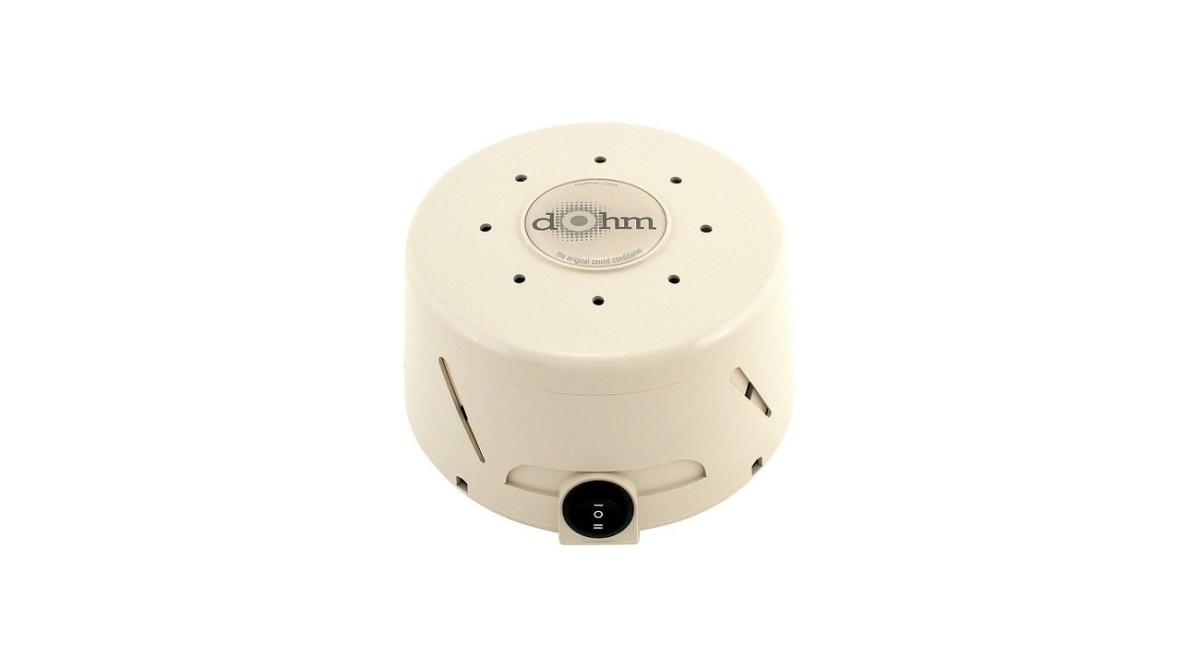
Marpac Dohm Classic White Noise Sound Machine
Buy it: Amazon, $44.95
Get ready for bed
Your bedtime routine probably involves brushing your teeth, washing your face and scrolling through Instagram until you get tired. But Mah says a specific “wind down routine” to get ready to sleep is key. “Prepare to sleep and recovery just as you do with other aspects of training,” Mah says. Just as you would warm-up your muscles before a workout, take time to stretch, read, meditate or do another relaxing activity to improve the quality of your sleep and help transition out of the daytime mindset.
“I use a daily bedtime reminder on my phone to keep me on a regular sleep schedule,” Mah says. Reading a book or using a mediation app for just five minutes to start are easy ways to get accustomed to a nighttime routine.
Comfort is Key
Once you’ve set up your cave-like bedroom, the next step is creating an ultra-comfortable place to rest your head. Because everyone’s needs are different, it is important to find the right mattress, sheets and pillows that work for you and your body type. For example, for back and stomach sleepers or those looking for more support, a firmer mattress might be the best choice. If you struggle with overheating during the night, consider sheets that provide cooling.
“You should be comfortable on your bed and pillows without waking up with pain or discomfort,” Mah says. It seems simple and straightforward, but many people wake up with achy backs, sore necks or simply feeling tired and it could be because the wrong bed choice.
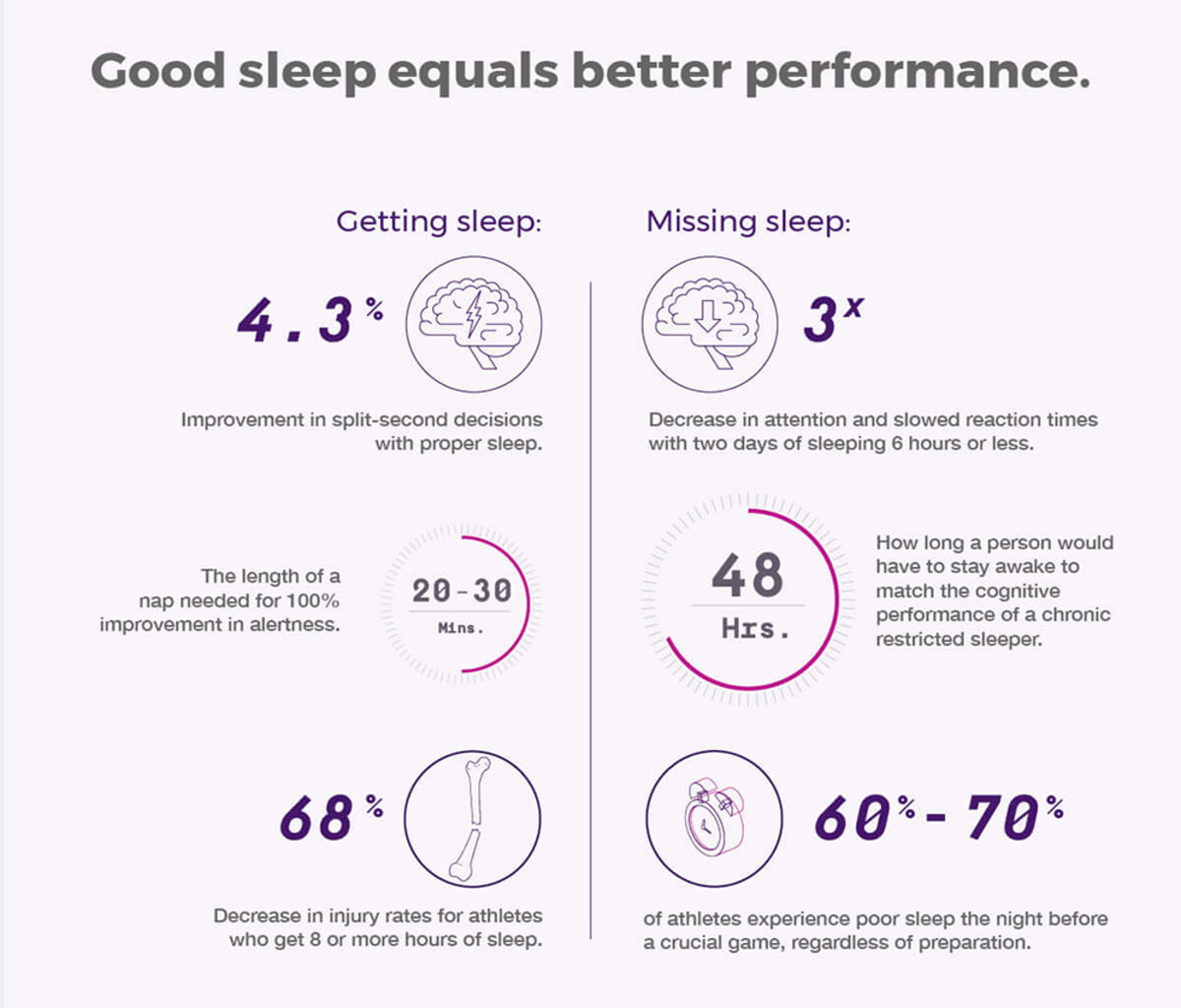
Take the Purple mattress as an example. The company offers four different types of memory foam beds, all tailored to various needs, body types and sleeping styles: the original Purple Mattress is slightly firmer and the Purple.2 feels a tad softer, but both are recommended for back sleepers and average-sized individuals; the Purple.3 is softer for those who like the best of both worlds; and the Purple.4 is the most plush feeling and is recommended for side sleepers, and heavier or very light individuals. No matter the choice, the mattress will help align your spine in any position and adapt to your body’s pressure points for a more comfortable feel. And don’t forget about your bed partner if you have one—Purple’s mattresses also help eliminate motion transfer so you won’t feel someone coming in or out of the bed while you’re sleeping. If you’re used to a traditional spring mattress and you wake up with aches and pains or consistently get interrupted sleep because of a partner, consider trying out a new memory foam mattress. Most companies, including Purple, offer a 100-night trials and free returns, so you can see how you feel before making a commitment.
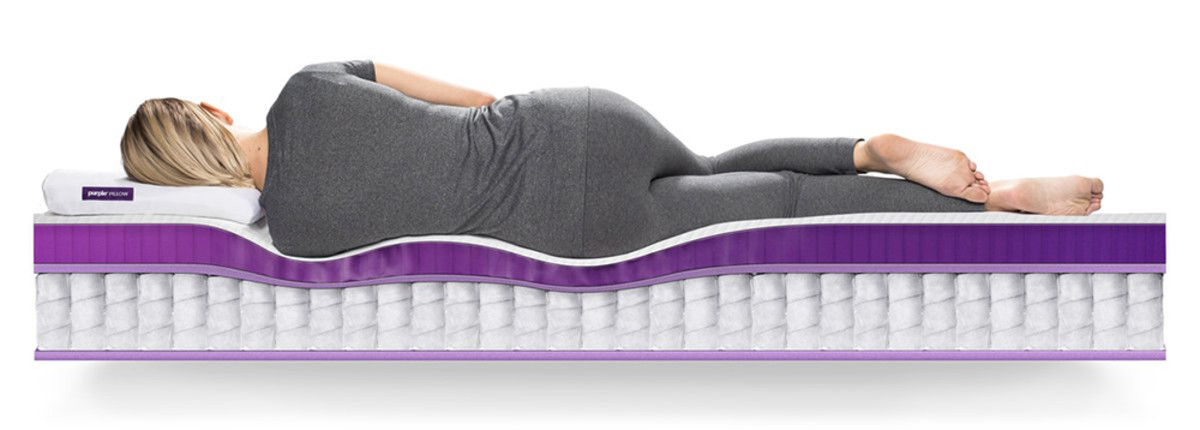
Purple Mattress
Buy it: From $699 for the original, from $1299 for the new Purple
Drink for sleep
Sure, a glass of wine is likely your preferred beverage to relax before bed. But instead of the vino, you could be reaching for Som, a drink crafted specially for promoting relaxation and a better night’s sleep. Widely used by NBA players, the fruit-flavored drink is billed as drug-free, dairy-free and gluten-free and contains a blend of L-theanine, GABA and melatonin.
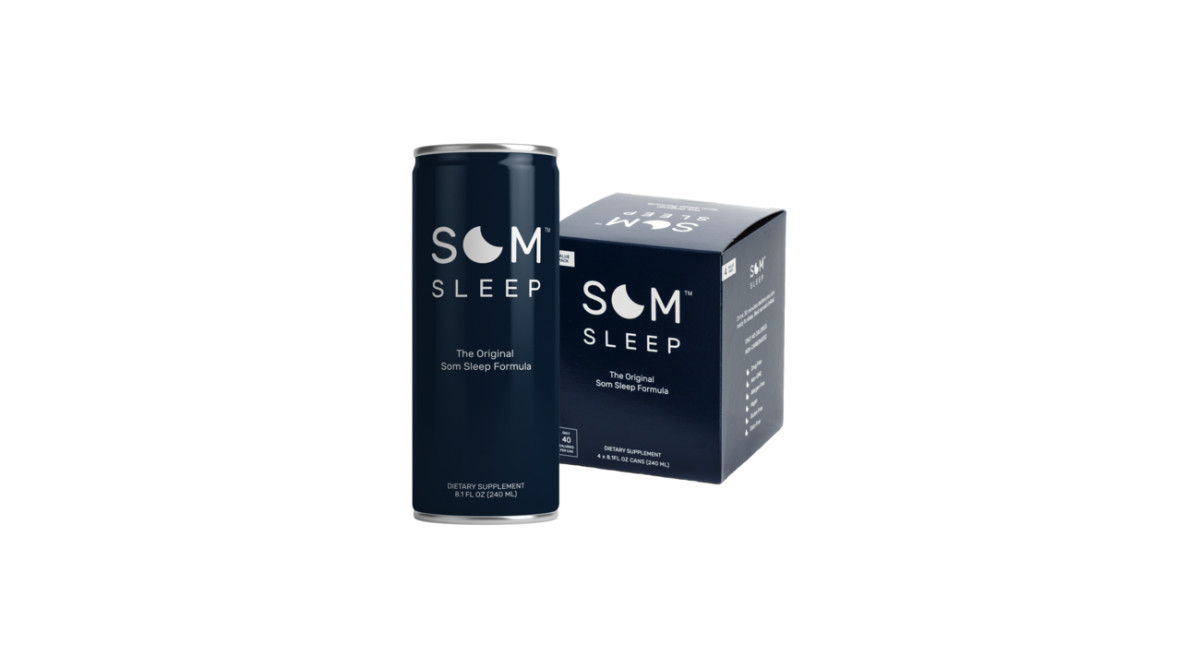
Som Sleep Drink
Buy it: Original 4-pack, $9.99
The adult lullaby
If you have trouble falling asleep because you are unable to stop thinking about work, school or the tasks on the to-do list for the next day, try Pzizz, and app that promises to induce sleep using a combination of music, voiceover and sound effects that are created for each part of your sleep cycle. You can listen using headphones, earbuds or the speaker system on your phone. The company says Olympic gold medalist Aly Raisman has used the app to get some quality shut-eye.
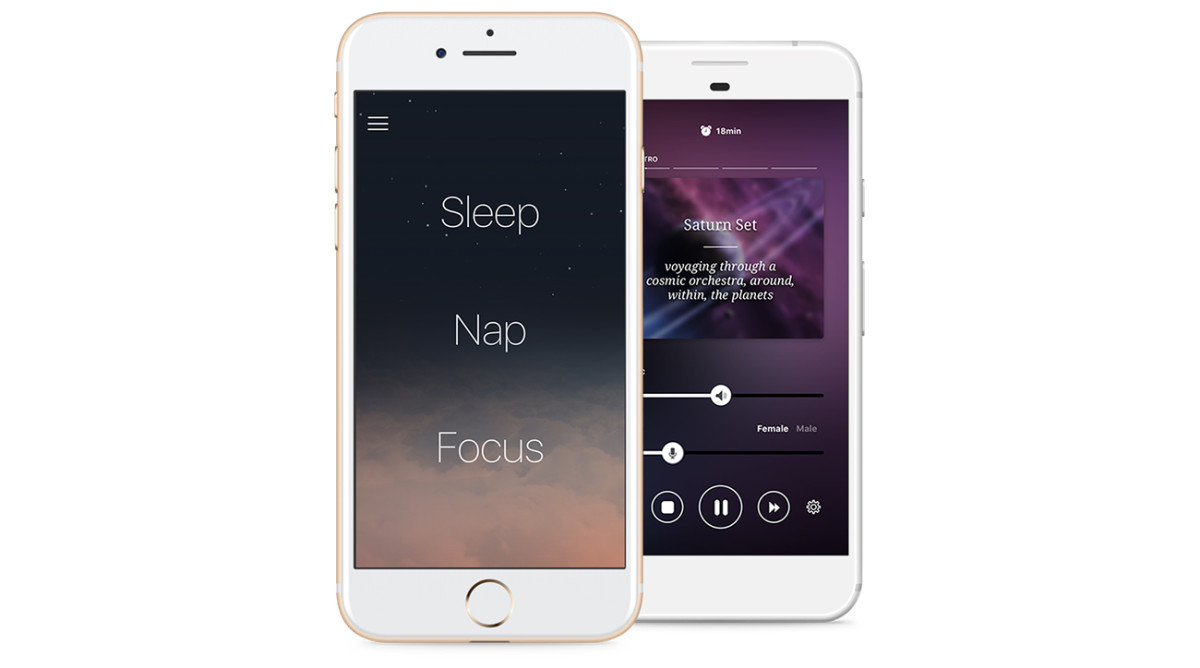
Find your Om
Many associate meditation with yoga sessions, but there are other ways to think deeply and relax your mind. Dr. Christopher Winter—a sleep scientist who is an M.D. at the Charlottesville Neurology and Sleep Medicine Center in Charlottesville, Va., and also consults with the Dodgers, Indians, Padres and Pirates, as well as a half-dozen NFL, NBA and NHL teams—often recommends the Muse Biofeedback device to his clients. The “brain sensing headband” guides you through a meditation session using sounds of weather that are connected to your brain’s activity. “It trains the ability to quiet your mind,” Dr. Winter says. “As you’re listening to your headphones, the quieter you make your brain, the quieter the ocean will become. You have to practice it.”
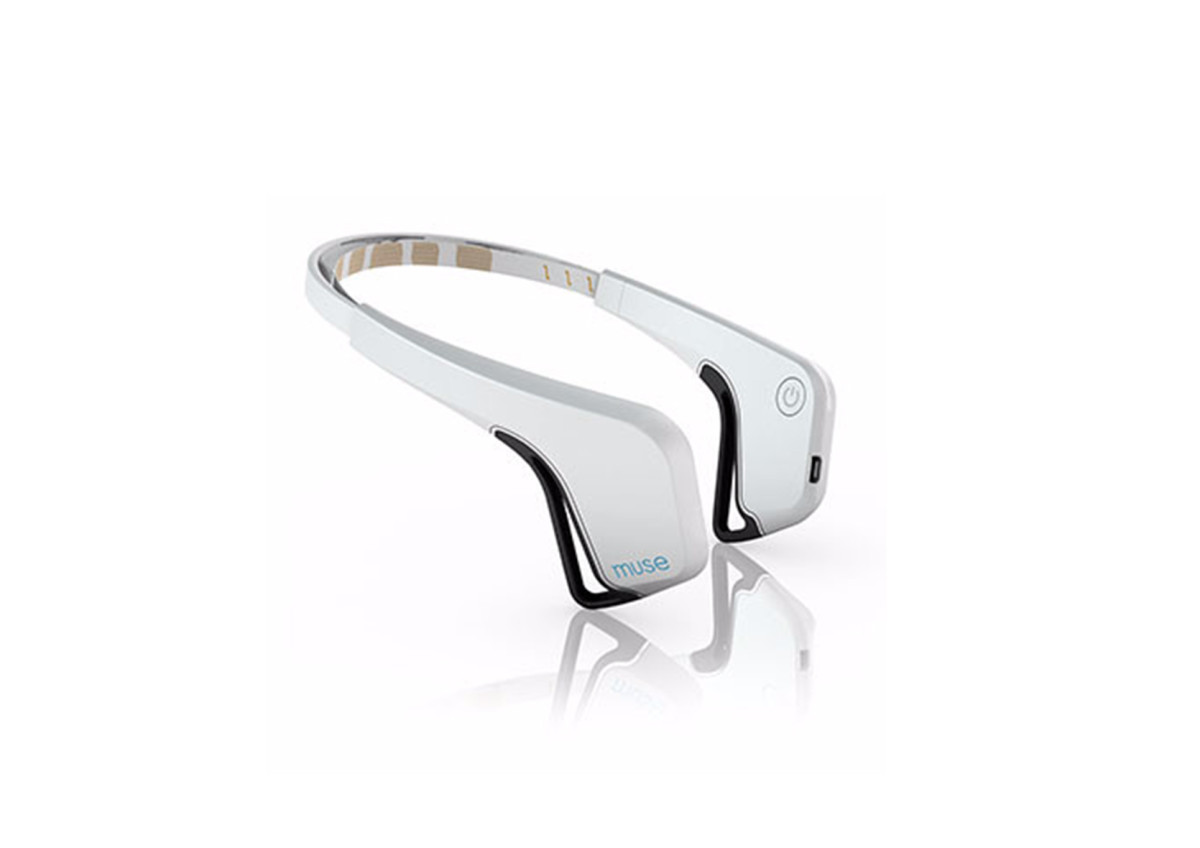
Muse Brain Sensing Headband
Buy now: choosemuse.com, $249
Dr. Winter says the device not only helps pro athletes wind down, but it also helps them practice the ability of relaxing when their stress is high during competition situations.
